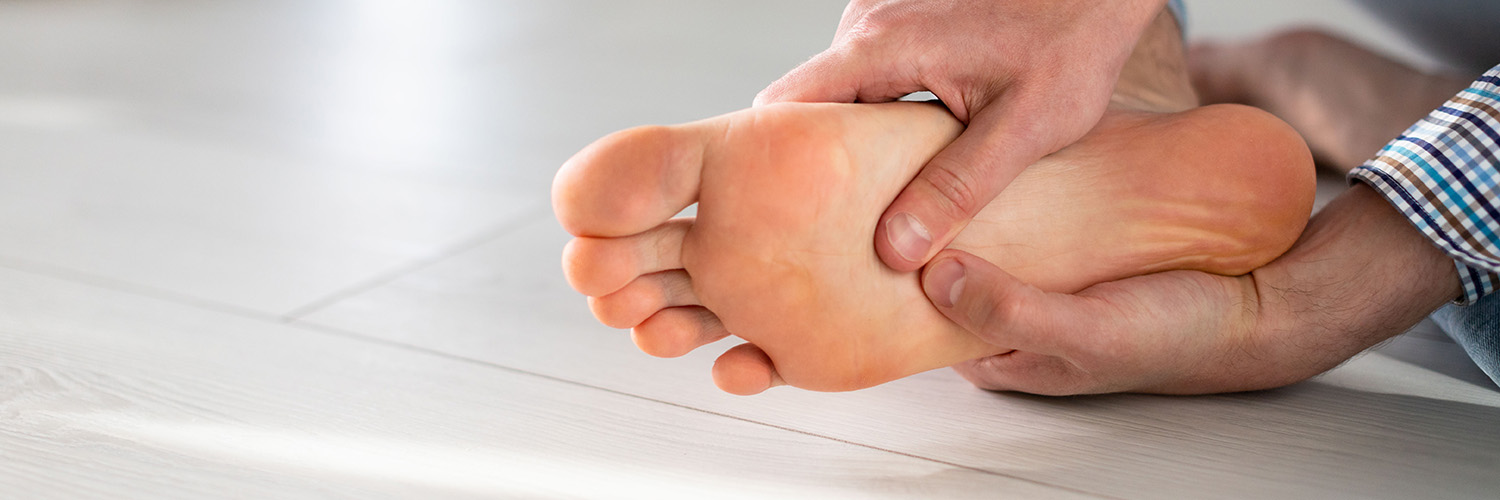
Flat Feet
What are Flat Feet?
Flat feet, also known as fallen arches, is a condition where the arches on the inside of the feet are flattened, allowing the entire sole to touch the ground when standing. This condition can be present from birth (congenital) or develop over time due to age, injury, or strain (acquired). While many people with flat feet experience no discomfort, others may suffer from foot pain, fatigue, or problems in the knees, hips, or lower back due to altered alignment.
What are the common symptoms of Flat Feet?
Flat feet may not always cause symptoms, but when they do, common signs include:
- Pain or aching in the arches or heels
- Swelling along the inside of the ankle
- Foot fatigue or soreness after standing or walking
- Difficulty standing on tiptoes
- Uneven shoe wear or lack of arch when standing
- Pain that may extend to the knees, hips, or lower back due to altered posture
Symptoms may worsen after prolonged activity or standing.
What are the common causes of Flat Feet?
Flat feet can occur for several reasons, including:
- Genetics: Some individuals are born with flat arches
- Weak or stretched tendons: Especially the posterior tibial tendon
- Injury: Trauma to the foot or ankle can weaken supporting structures
- Obesity: Excess weight puts strain on foot arches
- Aging: Tendons lose elasticity and strength over time
- Arthritis or diabetes: These conditions can contribute to foot deformities
Flat feet are more likely to develop in people with certain risk factors, such as obesity or a family history.
What are the common treatments of Flat Feet?
Treatment depends on the severity of the condition and whether symptoms are present. Common treatments include:
- Supportive footwear: Shoes with good arch support and cushioning
- Orthotic insoles: Custom or over-the-counter inserts to support the arch
- Stretching and strengthening exercises: Especially for the Achilles tendon and posterior tibial tendon
- Physical therapy: To improve alignment and strengthen foot and ankle muscles
- Pain relievers or anti-inflammatory medications
- Weight management: To reduce stress on the feet
- Surgery: Rare, but may be necessary in severe or disabling cases
Managing flat feet early can prevent complications and improve mobility.
When should I see a doctor about Flat Feet?
See a doctor or podiatrist if:
- You experience ongoing foot, ankle, or leg pain
- Your feet become flat suddenly or worsen over time
- The condition interferes with walking or exercise
- Home treatments and supportive footwear do not relieve symptoms
- There is stiffness, swelling, or loss of function in the foot
A professional evaluation can help determine the best course of treatment and rule out other structural issues.
If you are suffering from Flat Feet or related issues such as flat feet, flat foot, fallen arches, arch support, or foot pain, get in touch with one of our experienced podiatrists today.
Schedule an Appointment TodayContact Us
Fill out the following form to get in touch with us:
Our Locations
Innovative Foot & Ankle
Kenilworth, NJ 07033908-276-6624
Bayonne, NJ 07002201-436-4287
Montclair, NJ 07042973-783-5101

